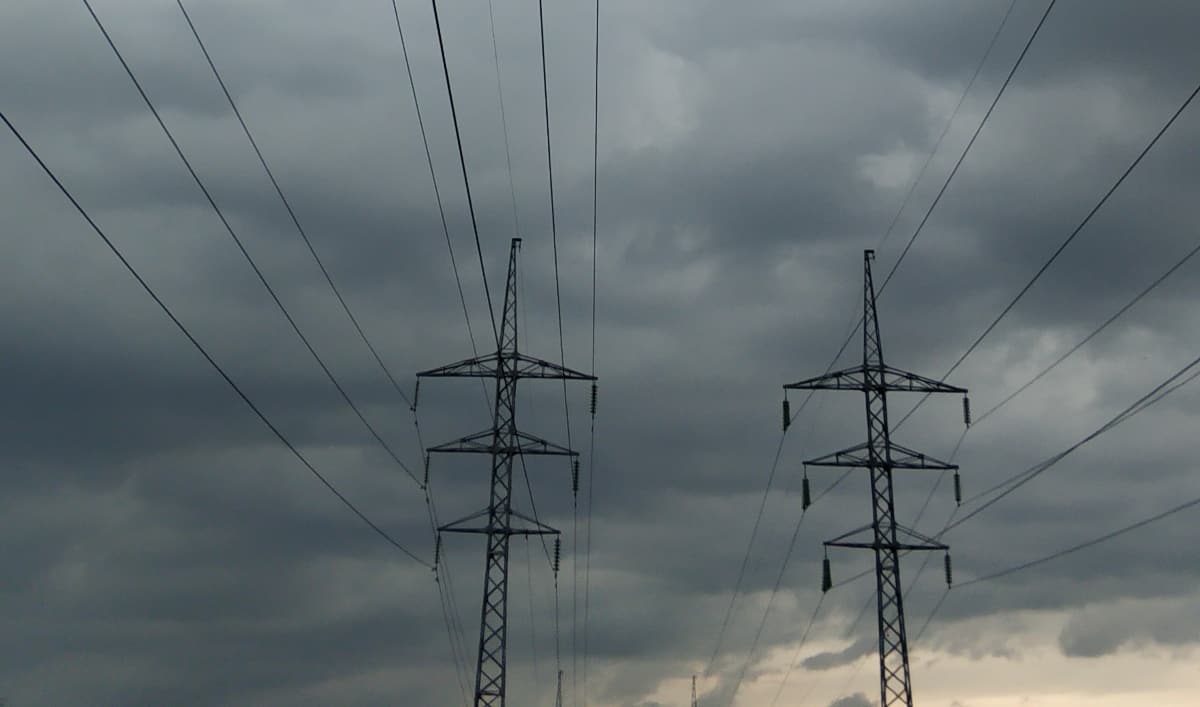In 2017 alone, 36 million Americans experienced power outages due to natural and man-made disasters. However, people still underscore the importance of being prepared. When going about your day, you may never think of long-term preparation for power outages – then, Alas! A blackout? A candle might help if you remembered to keep one in your cabinet. Even worse, your phone is hanging on one bar, and your dinner chops are yet to cook on the electric stove. You’re stranded! What if you had a list of amazing ideas to keep you ready 24/7? Well, this is what we provide below. Read on and learn how to prepare for long term power outage, and keep your lights bright even when everything else goes dark.
Get Ready With Alternatives Sources
The first preparation step is to figure out the power supply. Most Americans depend on the power grid. The unfortunate thing is that when there’s a power outage, many are those who cry. So don’t wait to become a statistic, but learn how to prepare for long term power outage.
To provide yourself with an alternative power source, you can install solar panels or buy a generator.
Solar Power
Solar power is energy straight from the sun. With solar panels at your home, you are comfortable being powered by the sun as long as it shines. In America, though, there are two ways to power homes using solar power. Some solar users prefer to be on-grid, while others prefer off-grid.
If you are on-grid, you are still connected to the grid supplying everyone else with power. Any extra energy you create with your solar installation is sent into the grid.
By doing this, you get power tokens and solar tax credit. You can also use power from the main grid in case your solar malfunctions or doesn’t generate enough power.
Unfortunately, with the on-grid system, you’re unable to store power. When a power outage strikes, you are just as doomed as those without a backup.
If you are off-grid, you are completely reliant on your solar installation. You will have to have batteries to store up any extra power you produce for the dark days. An off-grid solar installation is the most reliable in preparation for a long-term power outage.
Solar Batteries
To store electric power harnessed by your solar installations, you need batteries. Although batteries make power installation a bit more expensive, they prove worth it when a power outage hits.
When there is a power outage, you shall be using power stored up in your solar batteries. The solar and solar batteries you need will depend on the size of your homestead needs. The size, brand, and equipment you choose will determine how much solar and solar battery installation will cost.
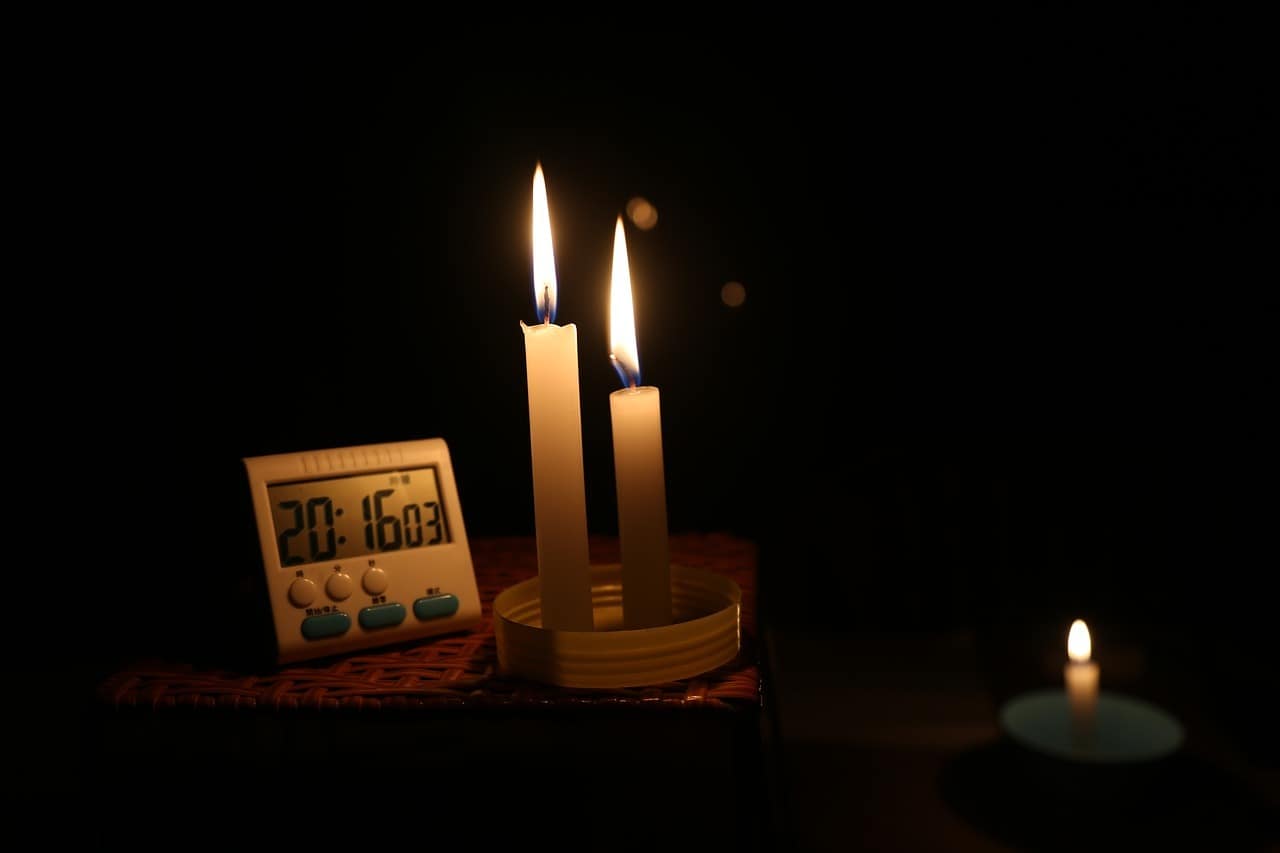
Home Generators
Alternatively, you can opt for a generator to cover you during a power outage.
Generators provide power for your household by burning fuel, say gasoline. The size and type of generator will depend on the power needs for your home during a power outage.
It’s necessary to take caution when using a generator. These are dangerous equipment with user regulations, especially in residential homes. It’s critical to operate them with care to avoid accidents.
Generators are a little technical and might require self-education through the o user’s manual or professional engagement.
Picking the right generator and correctly operating it means you’ll power up the appliances or equipment but picking the wrong one, or misusing it, could damage the generator or what is connected to it.
There are different types of home generators you can choose from:
Portable Generators
Portable generators provide temporary power during a power outage. The term portable is relative as some are more portable than others. Portable generators have standard outlets to easily plug in your appliances, power tools, and other devices.
They also have a twist-lock plug that can connect to power circuits in a home through a manual transfer switch.
Inverter Generators
Inverter generators generate AC current just like the others, but it’s converted to DC (Direct Current) and then inverted back to AC. This conversion is their main difference with other portable generators. They do this to flatten the surges of the current produced by generators.
Power surges from a generator are usually not an issue for more sophisticated electric power equipment, but too delicate household appliances and devices, even small surges, can prove catastrophic.
Standby Generators
Standby generators are installed and connected to a home permanently. These may power selected critical circuits during a power outage or provide power for the whole house. In addition, standby generators have systems that monitor power supplied by a utility and start automatically in the event of an outage.
Fueling Your Generator Before The Blackout
Most generators are powered by gasoline. However, their infrequent use of generators for emergency power presents some issues to consider.
The first is that when a significant power outage occurs, local gas stations may have trouble meeting the gasoline demand, which might be counterproductive to having a generator stand-in during a power outage.
Other generators run on liquefied petroleum gas. Liquid petroleum gas may be available since it is stored in homes for various different uses. However, liquid petroleum gas produces slightly lower power compared to when the generator is running on gasoline.
Nevertheless, you can make your generator dual-fueled by using available converter kits.
Despite generators being an alternative temporary solution during a power outage, they often run on dirty fossil fuel. As a result, instead of curbing your carbon footprint, you will add carbon dioxide and other greenhouse gasses back to the environment.
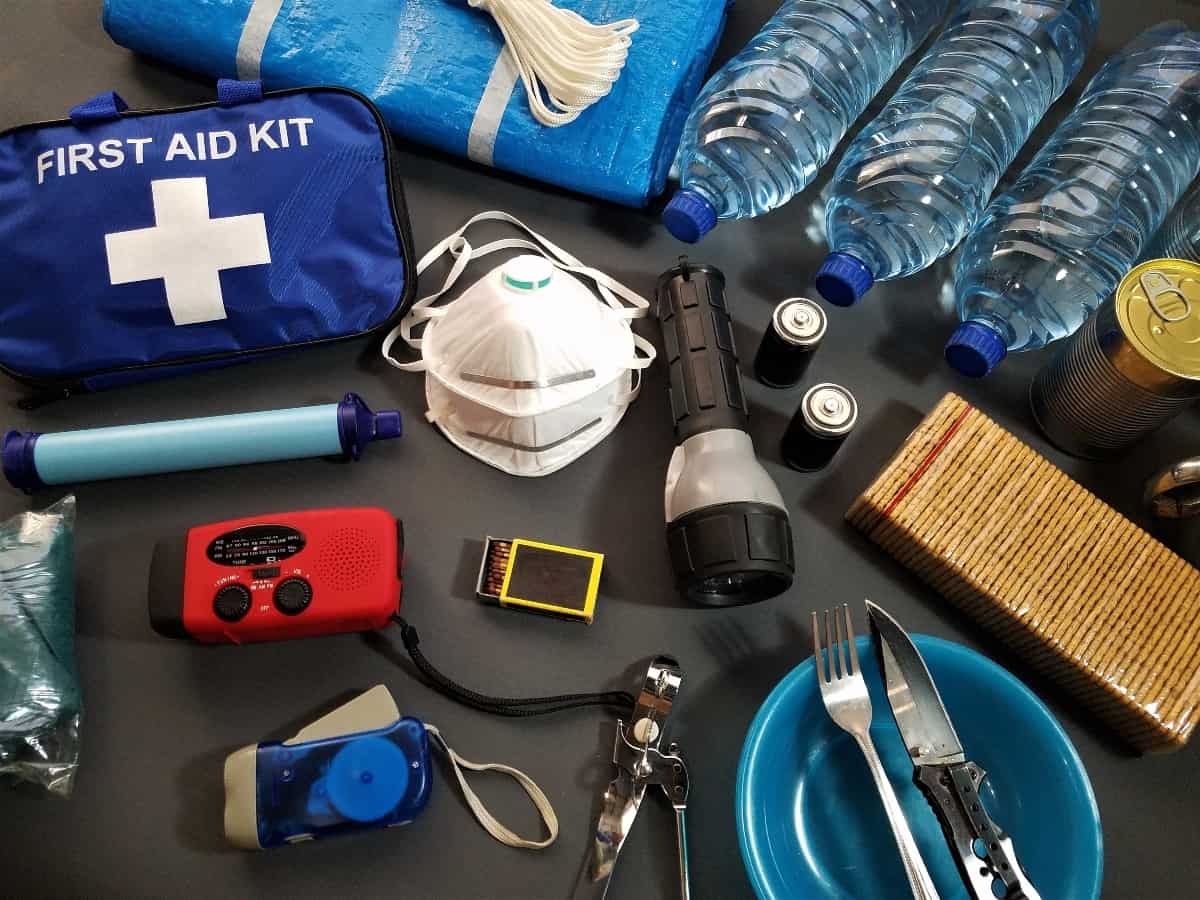
Prepare Your Household and Family
Having addressed the power supply issue is only one step to answering your question; how to prepare for long term power outage. Household preparations are the next crucial phase of preparing for a long term power outage.
Stock up on Safe Drinking Water
Every person requires approximately a gallon of water per day, not including cooking and cleaning water. Understanding this will help you sufficiently plan for a safe water reserve. In a long-term power outage scenario, well water and city water might not get pumped. Therefore, you can gradually build up your bottled water reserve or purchase tub liner bags for extra storage.
Medical Preparations and First Aid Kit
It is recommended that you have a comprehensive functional first aid kit at all times. It is also vital that you have sufficient information on what to do in such a scenario if you are under medication.
Make sure you fill up your medical supplies in advance. Talk to your doctor about such circumstances to be appropriately advised on the optimum course of action.
Stock up Your Pantry
Ensure that you have enough food that does not require refrigeration and is easy to prepare. Preparing a fully stocked pantry of such supplies can be done over time. Every time you go shopping, buy some extra cereal or oats to stock up your emergency pantry.
Stay informed in advance before a possible long-term power outage
Although power outages are unpredictable, you can track some of the events that cause them. Sign up for local weather alerts, newsletters, and warning systems to be notified of approaching weather hazards, which will give you time to prepare your home and surroundings properly.
Have a Ready Emergency Kit
An emergency kit comprises a first aid kit, flashlights, batteries, a few supplies, a radio, an emergency phone, and any other thing you deem relevant to how you prepare for a long term power outage. Here are some tips for putting preparing your emergency kit:
- Ensure your kit is easy to carry.
- Store it in an easy-to-reach, accessible place.
- Ensure every household member is aware of the emergency kit storage location.
- Remember to check your emergency kit every so often and make sure it still serves the needs of your household.
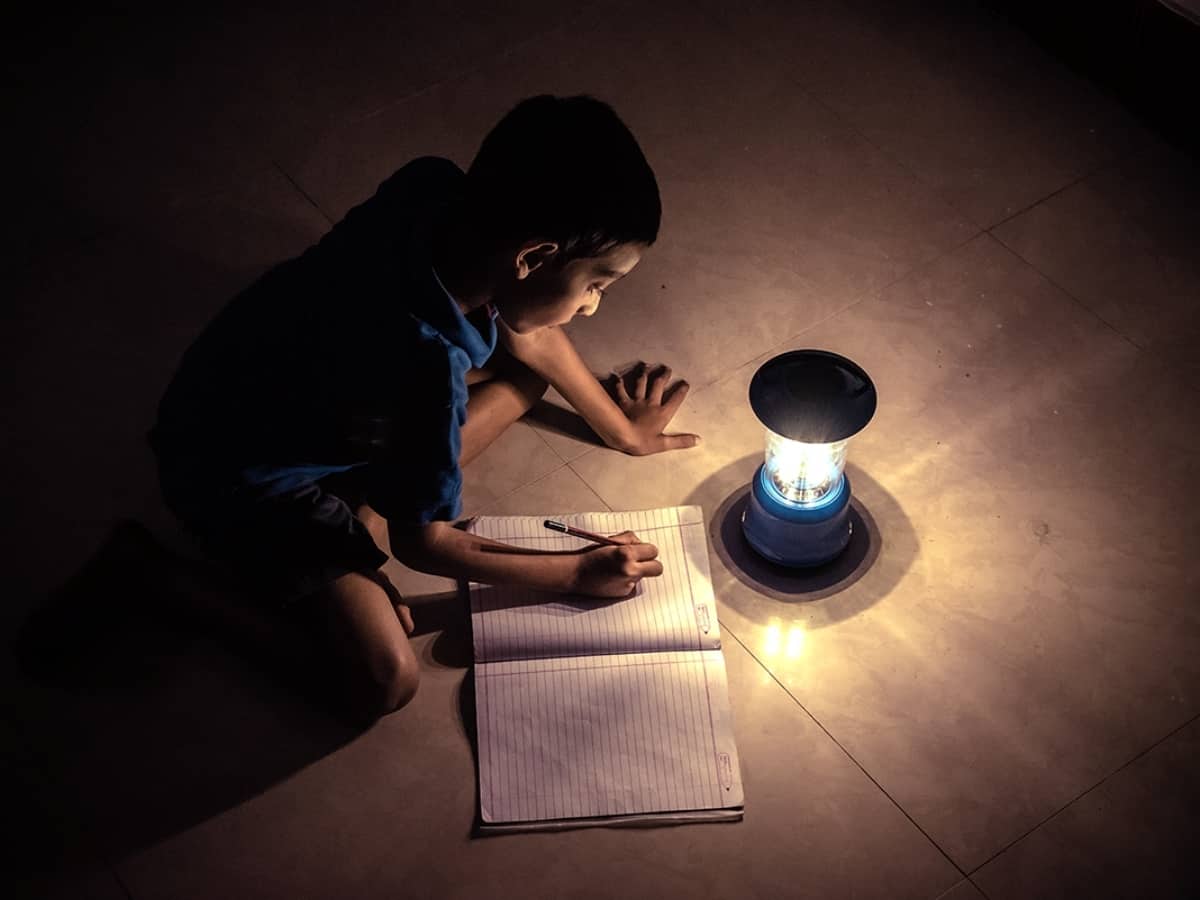
Long Term Power Outage Checklist
Below is a checklist for what you need to prepare for a long-term power outage:
Food and Water
- Bottled water
- Enough supply of non-perishable, ready-to-eat foods
- Manual can opener
- Extra cooking and cleaning water
First Aid/Emergency
- First-aid kit
- Medications
- Ice packs
- Whistle
Tools and Supplies
- Flashlights or headlamps
- Battery operated clock and radio
- Power bank
- Extra batteries
- Portable generator
- Warm clothing
- Cash in small bills
- Multi-function knife
- Garbage bags
- Duct tape
- Emergency tools such as hammers, fasteners, and safety gloves
- Personal hygiene items
- Emergency contact numbers
- Important documents
- Garbage bags for personal sanitation
- Personal care supplies such as toilet papers
For Pets
- Pet food
- Water
- Water and food dish
- Blanket
- Any required medications
- Battery-powered heater
- Fuel stove and fuel
- Pet games
- LED candles
- Safety gloves
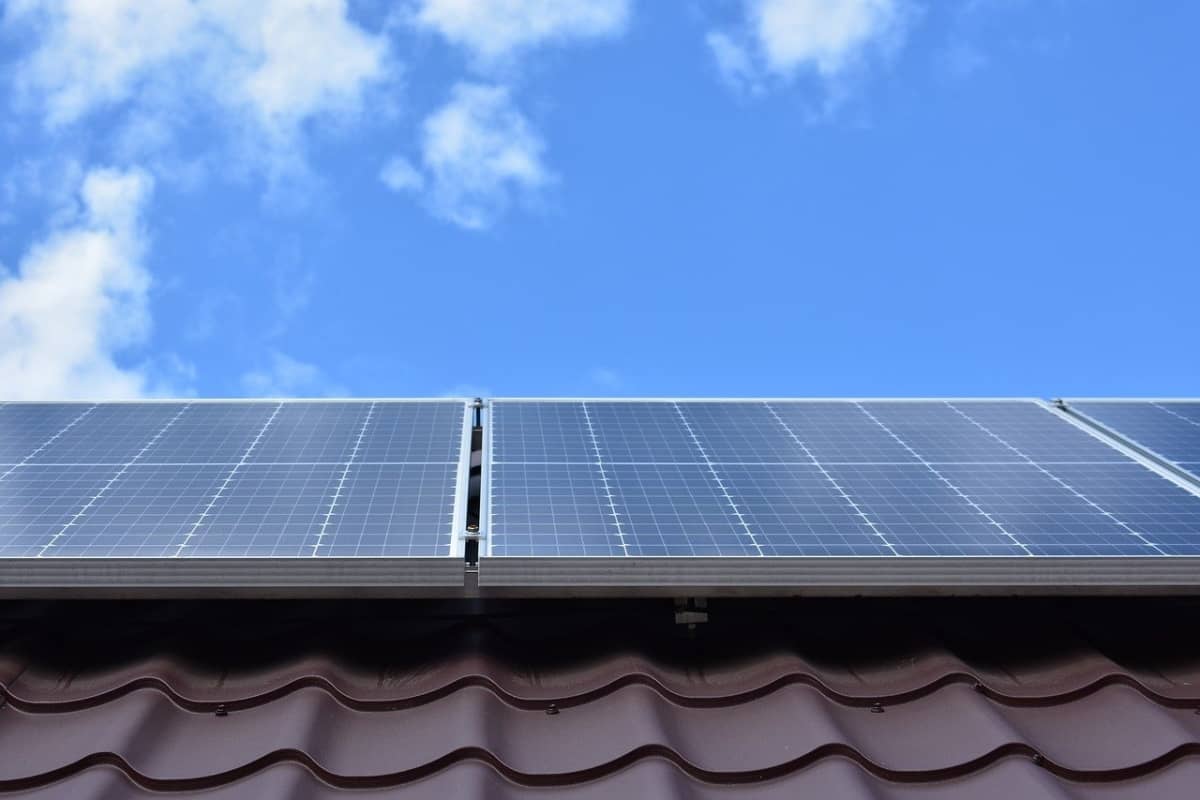
What To Do
Finally, if you are still troubled about how to prepare for long term power outage, the first step is to find a reliable source of alternative power. So9lar energy is the most reliable source of alternative power and has been embraced due to its renewable and clean nature. At ONIT Home, we’re up to speed with solar power technology, and we’re ready to secure your blackout days with reliable solar energy. Reach out to us today to speak to our experts and get yourself a free quote. Whatever you need, we’re ONIT! Give us a call today at 1-833-433-0331 to get started.
ONIT Home is your one-stop shop to create a space for families to enjoy. Bundle your purchases together for a $1,500 voucher to be used with our water filtration, security systems, or solar panels. Or, receive a $2,000 security system for $1,000 with a purchase of a water filtration system. Ready to go solar? Every solar panel system is a two week installation and comes with a free home security and water filtration system! Learn more about our bundling deals today by calling us at 1-833-433-0331. Whatever you need, we’re ONIT!



